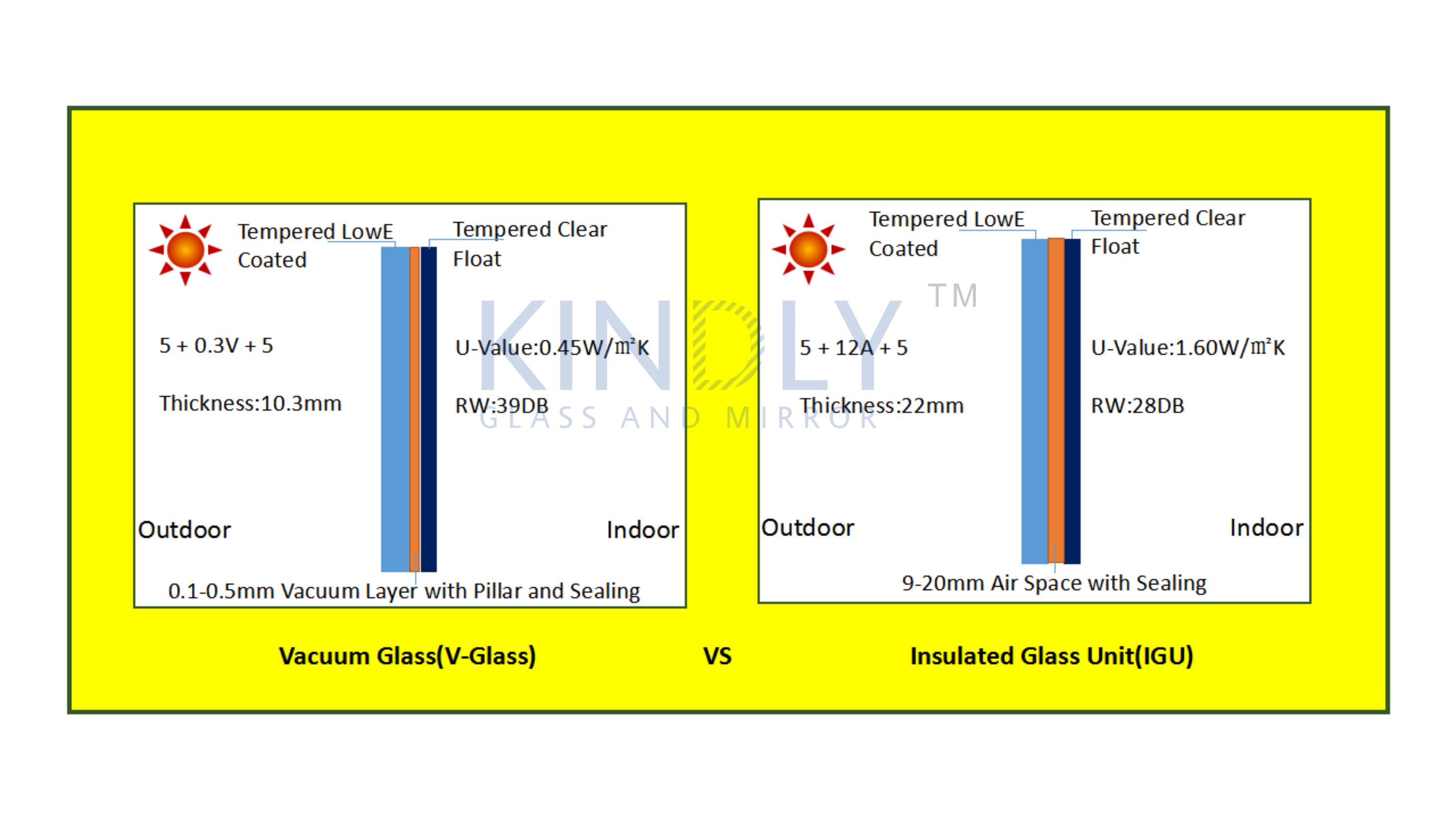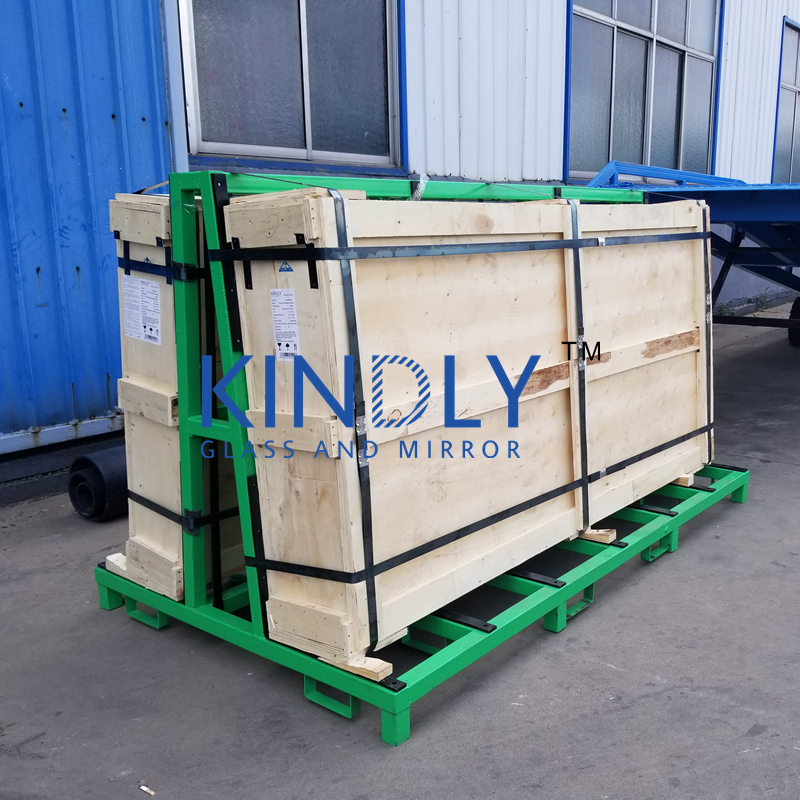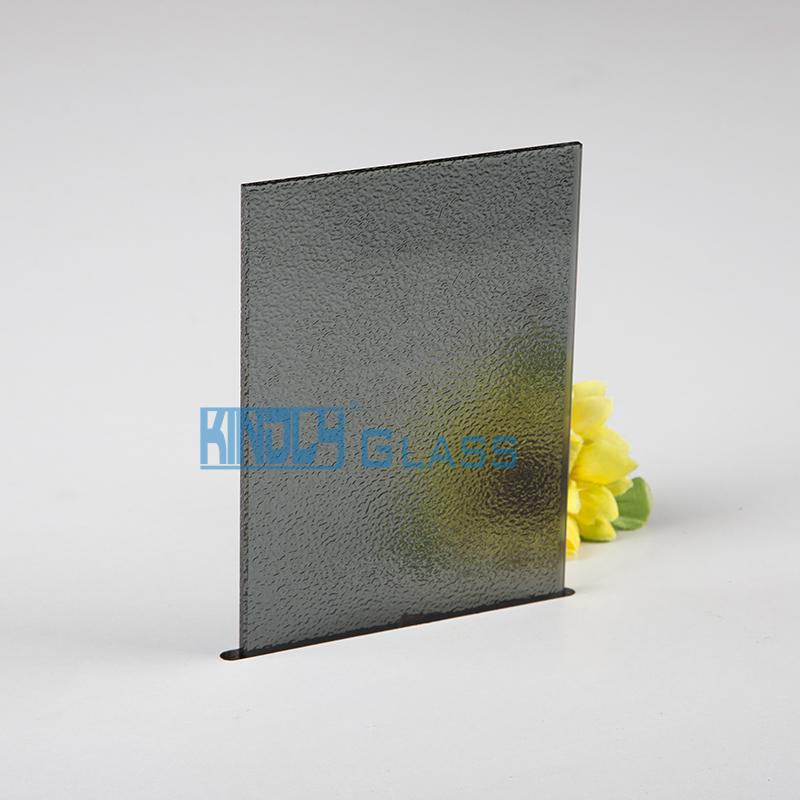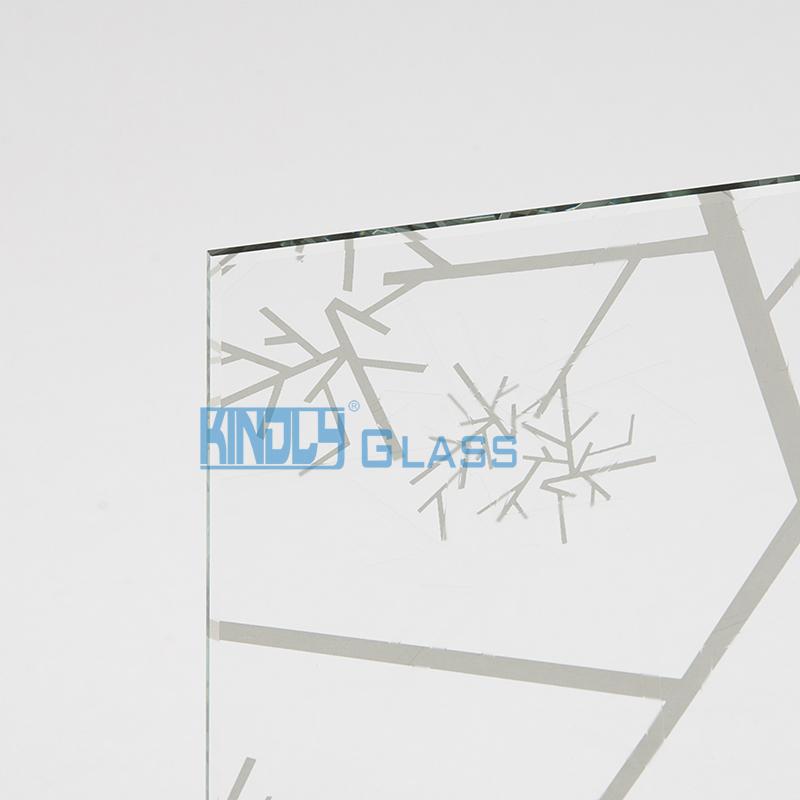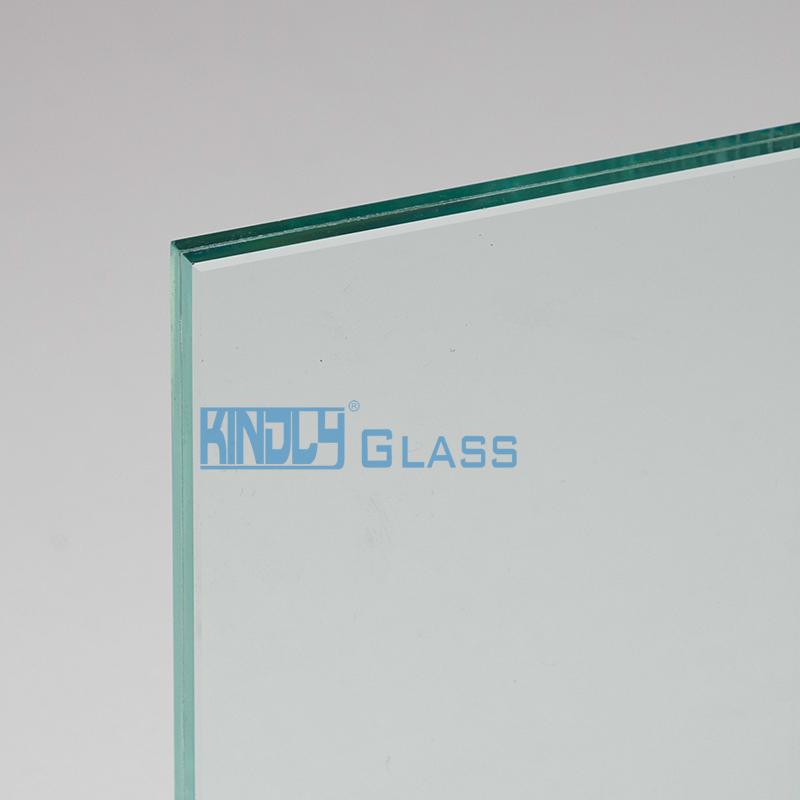In principle, vacuum glass can be likened to a flat-shaped vacuum flask. The similarity between the two layers is that the interlayer of the two layers of glass is a vacuum with a pressure lower than 10-1pa, making the heat transfer of gas negligible.The inner wall of both is coated with low radiation film to make the radiation transfer as small as possible.The two differences: first, the vacuum glass for doors and Windows must be transparent or transparent, not like a thermos bottle plating opaque silver film, plating is a different kind of transparent low radiation film;The second is to be able to equalize the pressure cylinder or ball type vacuum bottle into a flat plate, must be set between the two layers of glass "support" square array to withstand every square meter of about 10 tons of atmospheric pressure, so that the space between the glass to maintain, forming a vacuum layer."Support" square matrix spacing is designed according to the thickness of the glass plate and mechanical parameters, between 20mm-40mm.In order to reduce the heat transfer caused by the "hot bridge" of the support and make it difficult for human eyes to distinguish, the support diameter is very small. The support diameter in the product is between 0.3mm-0.5 mm and the height is between 0.1mm-0.2mm.One of the better features of vacuum glass is sound insulation. Because it has a vacuum layer, it can't transmit noise, so it can isolate 90 percent of the noise.
Product advantages
1. Low carbon and energy saving
The vacuum glass relies on the special structure of the vacuum layer to effectively block the indoor and outdoor heat conduction. The heat transfer coefficient U value is below 0.6wm-2k-1 and can be as low as 0.3w /(m·K), which is close to the wall.It can significantly reduce the power consumption of air conditioning and the emission of pollutants and greenhouse gases, and reduce environmental pollution.
2. Heat insulation
Choose the vacuum glass of appropriate shading coefficient, in summer, can effectively control the heat of the sun, keep the indoor cool;In winter, when the outdoor temperature is -20℃, the inner surface temperature of the vacuum glass is only 3-5℃ lower than the indoor air temperature, which can keep the indoor warmth and comfort.
3. Sound insulation and noise reduction
With the increase of urban population density and the increase of means of transportation, noise pollution is becoming more and more serious, directly harmful to people.The vacuum layer of vacuum glass can effectively block the transmission of sound, especially for medium and low frequencies with strong penetration, the effect is very significant.
Step 4 stay away from dew
Vacuum glass has super thermal insulation performance, in cold winter, even if the outdoor temperature drops to -30℃, the temperature of the indoor glass surface is close to the room temperature, far higher than the condensation temperature.
5. Widely used
The inside of the vacuum glass is in a vacuum state, which is not affected by the ambient air pressure.At the same time, the application of vacuum glass to all parts of the building can keep its excellent performance unchanged, including the facade, slant and roof. There is no problem that the performance of insulating glass is reduced due to increased gas convection when the glass is laid flat.
Vacuum glass is a new type of thermal insulation material with good thermal insulation and thermal insulation functions. It combines vacuum glass with photovoltaic modules to form photovoltaic vacuum glass.This module replaces part of traditional building materials to realize the integration of photovoltaic buildings, which can not only greatly improve the heat preservation and thermal insulation efficiency of buildings, but also provide clean and environmentally friendly electric energy. It is a low-carbon building material that can save energy and generate electricity.Photovoltaic BuildingIntegrated into the building as part of the building, while playing its power generation function.Because the combination of photovoltaic modules and buildings does not occupy additional ground and building space, it is the best installation method for the widespread application of photovoltaic power generation system in cities.However, conventional photovoltaic module structure is generally an ordinary sandwich structure, with poor thermal insulation and thermal insulation performance. When directly used as building materials in construction, it will inevitably affect the indoor thermal insulation effect of buildings, which can generate electricity but increase energy consumption in heating and cooling period.As a new kind of photovoltaic building material, photovoltaic vacuum glass can not only greatly improve the heat preservation and insulation efficiency of buildings, but also provide clean and environment-friendly electric energy. It is a low-carbon building material that can save energy and generate electricity.At present, the commonly used solar cells are crystalline silicon cells and amorphous silicon thin film cells.Crystalline silicon cells have high conversion efficiency, 16 to 18%, stable performance, and dominate in large-scale applications and industrial production.Amorphous silicon thin film battery material is an alloy of silicon and hydrogen. It is a resource-rich and safe material with a conversion efficiency of 9%.12%.Its main advantage is good appearance and low light performance, but there are also disadvantages, that is, the instability of amorphous silicon cells, their photoelectric conversion efficiency will decline with the continuation of the light time.BIPV module structure typical photovoltaic building integrated module structure is a tempered sandwich structure (double glass sandwich structure) and a hollow structure.When the components are used as building materials, the defects of thermal insulation and thermal insulation of tempered sandwich structure are highlighted.In order to increase the thermal insulation effect of the components, the tempered sandwich structure is usually synthesized into a hollow structure.The insulation effect of the hollow structure is a little better, but because the hollow structure is filled with gas, during the day when there is light, the battery will produce an electric current, due to its own internal resistance, there will be heating and heating phenomenon.The air in the cavity of insulating glass expands excessively due to the rising temperature.When there is no eye photo 103 at night, the gas inside the chamber cools and contracts as the battery cools.In this way, the insulating glass is always in high and low temperature alternating conditions, so that the sealing material life is greatly shortened, resulting in the insulating glass seal failure, reduce the life of the components.At present, there are two ways to combine photovoltaic and building: one is that photovoltaic system is attached to the building;The other is the photovoltaic system integrated into the building as part of the building.Photovoltaic system is attached to the building, and the packaged photovoltaic modules (flat or curved panels) are installed on the roof of residential buildings or buildings, and then connected with inverters, batteries, controllers, load devices and so on.Photovoltaic systems can also be connected to the public grid through certain installations.The photovoltaic system is integrated with the building, and the further combination of the building and photovoltaic modules is the integration of photovoltaic modules and building materials.Generally, the exterior of the building is covered with paint, decorative tiles or curtain wall glass for the purpose of protecting and decorating the building.If some of the building materials are replaced by photovoltaic components, which are used to make the roofs, walls and Windows of buildings, they can be used as building materials as well as to generate electricity.Photovoltaic system attached to the building, strictly speaking, is not a real architectural integration.To truly realize the integration of photovoltaic buildings, photovoltaic modules should be regarded as the functional part of the building structure, replacing some traditional building structures such as roof panels, tiles, Windows and building facades, so that they can become an organic part of the building.As a system of architecture, solar photovoltaic power generation enters the field of architecture, achieving synchronous design, construction and acceptance with architecture.3, photovoltaic vacuum glass vacuum glass is a new type of energy-saving glass, it is based on the principle of a thermos flask, two pieces of glass are sealed around, one or two of them are low radiation coated glass, the middle vacuum, gap is o. 1.In order to keep the vacuum inside the vacuum glass stable for a long time, the vacuum layer is provided with an getter.
Product categories
1.Vacuum laminated glass
The product can be made into single-sided sandwich structure or double-sided sandwich structure. The thickness of EVA film (also known as EN film) is about 0.4 and 0.7mm.The thickness of the polycarbonate plate is about 1.2mm.Additional glass panels are available between 2.5mm and 5mm, or tempered glass.Vacuum laminated glass still has another kind of practice is to fill glue between two layers of glass, dry through heating next, also can make vacuum laminated glass, its characteristic is safety and anti-theft, at the same time its heat transfer coefficient, sound insulation and anti-wind pressure and other performance is better than the vacuum glass original piece, the total thickness is also relatively thin.Since the thermal conductivity of glass and adhesive layer is larger, and the contribution to thermal resistance is smaller, the heat transfer coefficient of vacuum laminated glass is only slightly smaller than that of vacuum glass, but the sound insulation performance will be greatly improved.
2."Vacuum + hollow" combined vacuum glass
This kind of structure is equivalent to taking the vacuum glass as a piece of glass and then synthesizing the hollow with the additional glass plate. The additional glass plate thickness is usually 5 or 6mm tempered glass and placed on the outside of the building, which can also be made into a double-sided hollow combination form of "hollow + vacuum + hollow".
In addition to solving the problem of safety, this kind of combination also improves the performance of heat insulation and sound insulation.In particular, low-e tempered glass is also used for additional glass panels to reduce the heat transfer coefficient.
When calculating the combination of glass is the first to realize from the principle, we discussed the range of temperature and temperature difference, thermal radiation wavelengths is in far infrared 4-40 microns band, soda-lime glass to this band of electromagnetic radiation largely opaque, so when calculating the radiant heat resistance of the above three pieces of glass, don't have to consider through the first block of radiation influence on the third piece, as long as piecewise calculation together again, so if "vacuum + hollow" combination of the total thermal resistance R combination, can be written as: R = R + R hollow
Where R is the thermal resistance of vacuum glass
R hollow is the thermal resistance of insulating glass made of two pieces of glass equal in thickness to the additional glass plate
The R combination is just the thermal resistance of a piece of glass, and the error is very small.
3."Vacuum sandwich + hollow" structure
The heat transfer coefficient of this structure is similar to that of the "vacuum + hollow" mentioned above, but the advantage of this structure is that it is thinner than "hollow + vacuum + hollow" except that the heat transfer coefficient is low and the safety is solved. Besides, the asymmetry of the two sides of the vacuum glass reduces the resonance of sound propagation and improves the sound insulation performance.
Once made a sample for a music teaching building in Beijing, which was 6+ 0.38eva +4L+ 0.15v +4+12A+6 structure, with a total thickness of 32.5mm. The measured weight sound insulation measured by the building physics laboratory of tsinghua university was 42dB, only 3dB away from the highest weight sound insulation measured by the national standard for glass curtain wall.The heat transfer coefficient can be between 0.7-0.9 wm-2k-1, which is determined by the selection of low-e glass.
4.Double vacuum layer vacuum glass
The total thermal resistance of this structure can be regarded as the sum of the thermal resistance of two pieces of vacuum glass. If it is the same structure of vacuum glass, the total thermal resistance is twice that of a single vacuum glass, that is, R double vacuum =2R
Where R is the thermal resistance of a single vacuum glass
It should be explained that the different positions of low-e membranes in the structure do not affect the K value, but only affect the temperature distribution of three pieces of glass in actual use.
Double vacuum glass has high thermal resistance, low K value, and is very thin. It can be about 9mm thick. It can also be made into double vacuum laminated safety glass, which has a good development potential.



